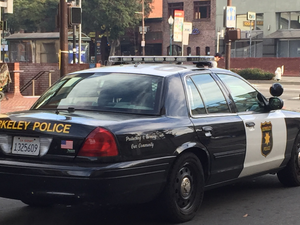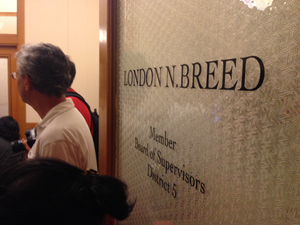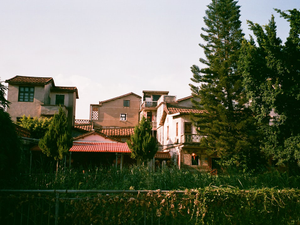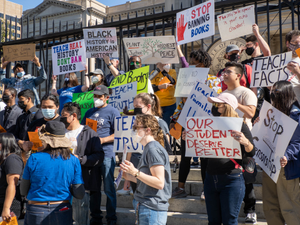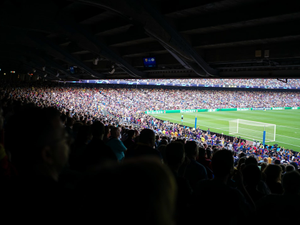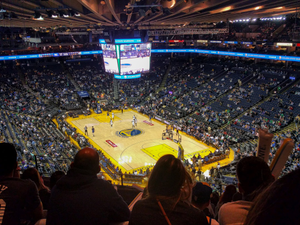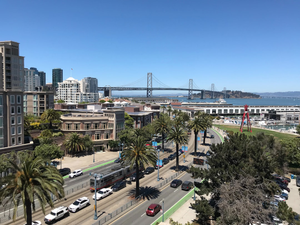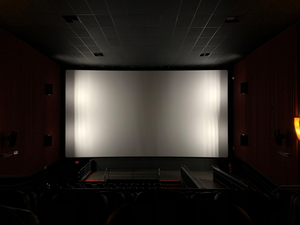San Francisco Art School's Real Estate Empire Crumbles: A Sign of Changing Times
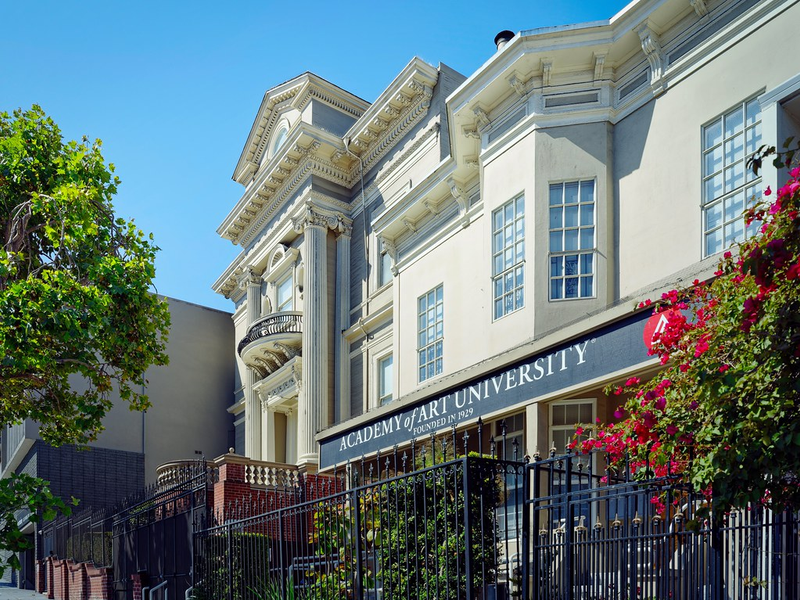
The Academy of Art University, once a prominent fixture in San Francisco’s educational landscape, is now facing significant transformations that reflect broader shifts in urban real estate and higher education.
Founded in 1929, this for-profit art school has long been a controversial player in San Francisco’s real estate market, accumulating over 40 buildings throughout the city. Now, the institution is preparing to sell approximately 10 properties valued around $130 million, signaling a dramatic downsizing of its massive property portfolio.
The school’s real estate strategy has been contentious, with multiple legal battles involving the city. In 2016, Academy of Art paid $58 million to settle a lawsuit regarding land-use violations, and in 2020, they were forced to pay an additional $38 million for eliminating affordable housing units.
Current enrollment stands at roughly 4,200 undergraduate students, with annual tuition reaching approximately $37,000. However, the institution faces significant challenges, including a notably low four-year graduation rate of just 8% and accreditation concerns from the WASC Senior College and University Commission.
The primary driver behind this property sell-off appears to be the dramatic shift towards remote and hybrid learning models. With fewer students requiring physical campus spaces, the school is strategically reducing its real estate footprint.
The properties being sold include several buildings on Van Ness Avenue, residential properties, and historic structures like the former First Congregational Church, which the school transformed into its Morgan Auditorium.
Despite this significant divestment, Academy of Art remains one of San Francisco’s largest property owners, maintaining a substantial downtown presence. The sale represents approximately a quarter of their total real estate holdings.
This development reflects broader trends in urban education: declining enrollment, increasing online learning, and the financial pressures facing private educational institutions in expensive metropolitan areas like San Francisco.
As the city continues to evolve, the Academy of Art’s real estate strategy offers a microcosmic view of the complex intersections between education, urban development, and changing workforce dynamics.
AUTHOR: tgc
SOURCE: SFist

